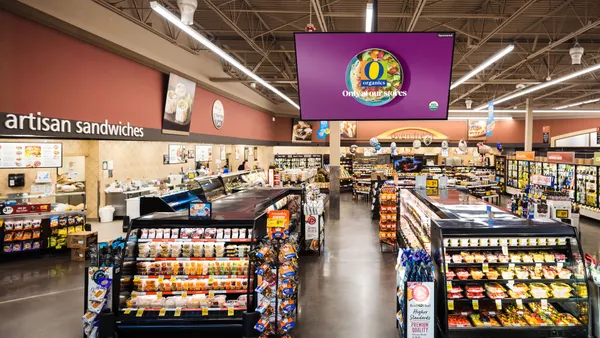Brief:
- Prices on mobile advertising networks are rebounding as the negative effects of the coronavirus pandemic subside. CPMs jumped 100% to $10 from $5 in May as lockdowns ended in many regions, boosting demands for services and travel, per information that social advertising company Consumer Acquisition shared with Mobile Marketer.
- The company cited several cases where CPMs grew even faster, including an unnamed client with $900,000 in ad spend whose CPM surged 291% to $35 from $12 during the early days of the pandemic. Another client with $12 million in ad spend experienced a 284% jump in CPM to $17.41 in June from a low of $6.11 in March.
- Apps that monetize their content with purchases saw their cost-per-installs (CPIs) increase with CPMs, compared with apps that monetize with ads, per Consumer Acquisition.
Insight:
The recovery in CPMs observed by Consumer Acquisition is positive for app developers that sell advertising, though the higher costs are negative for advertisers that are paying more for the same number of impressions. The study indicates that the app advertising market has rebounded quickly compared with other media platforms that forecast steep declines for the rest of the year. U.S. ad spending may drop 13% this year, per a forecast by media agency GroupM, though the effects of the pullback are likely to be uneven among media platforms.
Consumer Acquisition's information about CPMs helps to confirm other reports that indicate ad prices have recovered somewhat from the early days of pandemic lockdowns. Video ad CPMs for publishers on Facebook increased 28% last month from April, though they are still 20% lower than in February, according to data cited by Digiday. On Snapchat, revenue per thousand unique views (RPMs) this month recovered to $3 from a low of $1.50 in late March and early April, almost reaching a pre-pandemic level of $3 to $4. YouTube's CPMs are now about $23 after falling from $25 in March to $20 in April, Digiday reported.
The recovery in CPMs bodes well for apps that sell digital advertising, though the effects of the pandemic won't become clearer until more media companies report Q2 results. Social media companies had reported higher revenue for Q1, though they also warned about a slowing that started in mid-March as pandemic lockdowns went into effect in the U.S. and Europe. As they report their Q2 results, analysts will be looking for commentary about the outlook for Q3 and Q4, which typically are the busiest periods for advertisers going into the holiday shopping season.










